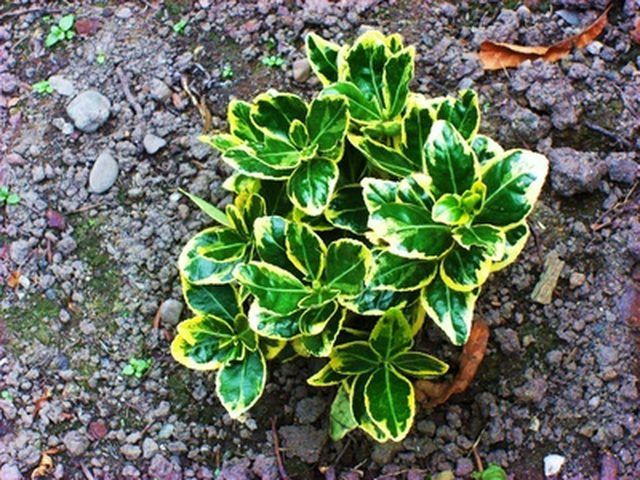Bulbs
Flower Basics
Flower Beds & Specialty Gardens
Flower Garden
Garden Furniture
Garden Gnomes
Garden Seeds
Garden Sheds
Garden Statues
Garden Tools & Supplies
Gardening Basics
Green & Organic
Groundcovers & Vines
Growing Annuals
Growing Basil
Growing Beans
Growing Berries
Growing Blueberries
Growing Cactus
Growing Corn
Growing Cotton
Growing Edibles
Growing Flowers
Growing Garlic
Growing Grapes
Growing Grass
Growing Herbs
Growing Jasmine
Growing Mint
Growing Mushrooms
Orchids
Growing Peanuts
Growing Perennials
Growing Plants
Growing Rosemary
Growing Roses
Growing Strawberries
Growing Sunflowers
Growing Thyme
Growing Tomatoes
Growing Tulips
Growing Vegetables
Herb Basics
Herb Garden
Indoor Growing
Landscaping Basics
Landscaping Patios
Landscaping Plants
Landscaping Shrubs
Landscaping Trees
Landscaping Walks & Pathways
Lawn Basics
Lawn Maintenance
Lawn Mowers
Lawn Ornaments
Lawn Planting
Lawn Tools
Outdoor Growing
Overall Landscape Planning
Pests, Weeds & Problems
Plant Basics
Rock Garden
Rose Garden
Shrubs
Soil
Specialty Gardens
Trees
Vegetable Garden
Yard Maintenance
How to Identify Shrub Fungi
How to Identify Shrub Fungi. Plants and shrubs suffer from a multitude of ailments ranging from root rot, to pests and fungal infections. The fungal infection is one of the most perplexing because it is caused by a wide variety of issues. Some fungal infections are caused by excess moisture, while others are caused by spores that infect the soil....

Plants and shrubs suffer from a multitude of ailments ranging from root rot, to pests and fungal infections. The fungal infection is one of the most perplexing because it is caused by a wide variety of issues. Some fungal infections are caused by excess moisture, while others are caused by spores that infect the soil. Although there are broad application fungicides that treat shrub fungal infections, better results are achieved by using a fungicide that kills a specific fungus. To do this, you must identify the type of fungus that is infecting the shrub.
Things You'll Need
Pruning shears
Gloves
Fungicide
Examine the lower branches of the shrub to determine if the shrub has a fungal condition called blight. Blight appears as yellow, withered leaves and branches on a shrub. The yellow appearance is located along the entire length of the branch. In addition, the branch will droop or wilt towards the ground and is soft.
Locate a dead limb on the shrub and cut it off of the plant using pruning shears. Look at the center of the cut end to determine whether there is a black or brown circle on the interior wood. The presence of a circle indicates the shrub is suffering from a fungal condition called vascular wilt.
Examine the tops and bottoms off the shrub's leaves and look for tiny black spots which indicate the presence of mildew. This mildew very closely resembles the mildew that grows in bathrooms. It's important to examine the undersides of the leaves as this is usually where the mildew starts growing.
Look at the plant leaves and stem for evidence of a white, powder-like substance on the shrub. This is a fungal infection called powdery mildew, which is closely related to the black mildew.
Identify spotted areas of the shrub's leaves that are orange, red, brown or yellow. These colors will appear in spots rather than infecting the entire leaf and resemble the appearance of rust. The presence of these spots of color indicates a fungal infection called rust.
Tips & Warnings
Always wear gloves when examining shrubs that contain fungus to avoid coming into contact with the spores.
For proper fungal elimination, remove the affected areas with pruning shears before applying a fungicide.